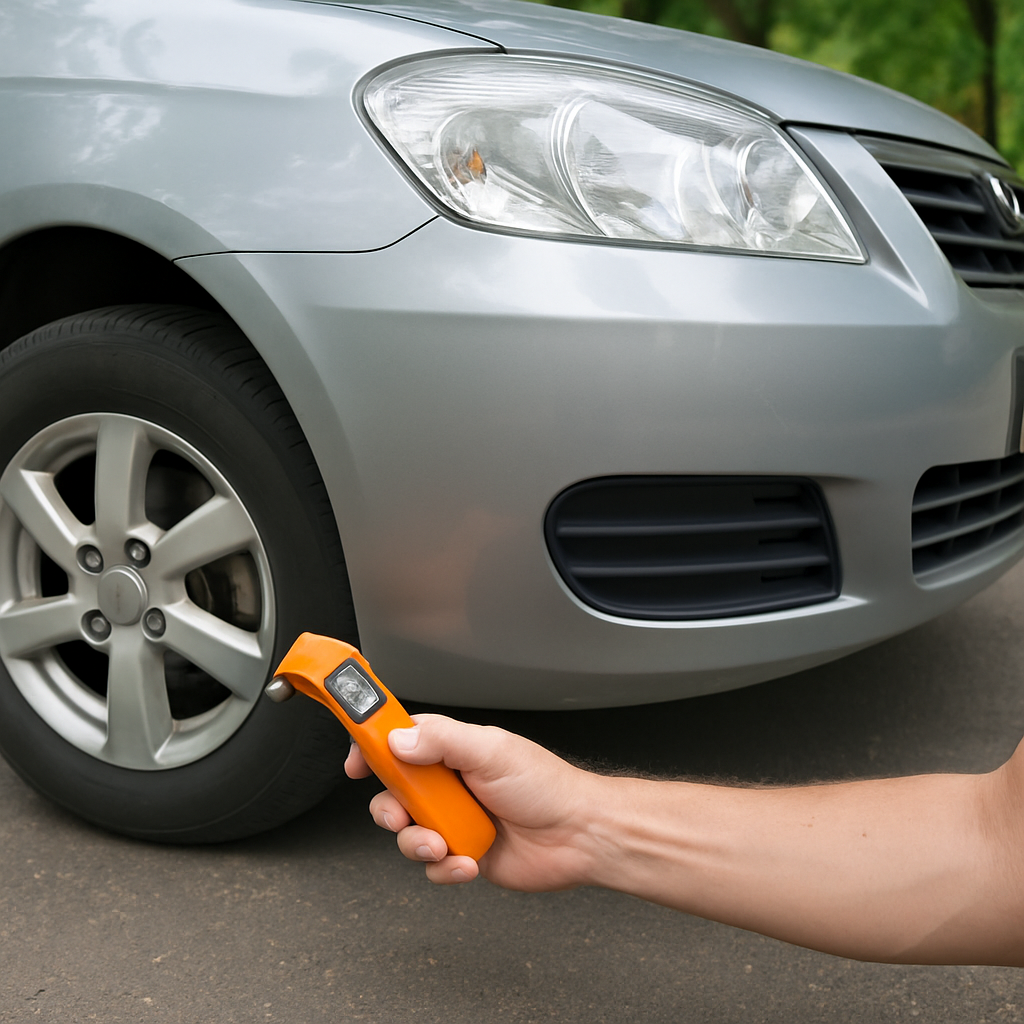Introduction
How to Boost Your Car’s Mileage Without Upgrading. Let’s face it — fuel prices are anything but stable. Whether you’re commuting daily or planning a weekend getaway, fuel efficiency has a direct impact on your wallet. While many people believe that upgrading to a newer, more fuel-efficient vehicle is the only solution, that’s far from the truth. In reality, there are several practical and affordable ways to enhance your car’s mileage without investing in a new set of wheels.
As someone who drives a ten-year-old sedan across the potholed roads of rural Maharashtra, I’ve personally tested a range of tricks to squeeze the most kilometers out of every liter of fuel. If you’re in the same boat, here are some field-tested, real-life strategies that actually work — no costly upgrades needed.
Table of Contents
1. Maintain Optimal Tire Pressure
This might sound basic, but it’s often overlooked. Under-inflated tires can reduce fuel efficiency by up to 3%, according to the U.S. Department of Energy. That might not sound like much until you do the math over several months of driving. Make it a habit to check your tire pressure every two weeks or at least once a month.
Pro Tip: Use a digital tire gauge and check the pressure early in the morning when tires are cool. Don’t rely on petrol pump gauges — they’re often inaccurate.
Source: U.S. Department of Energy
2. Lighten the Load
Every extra kilogram in your car affects its fuel consumption. Remove unnecessary items from the trunk — old gym gear, unused toolkits, or even that bag of “just in case” winter clothes. A lighter car needs less power to move, which translates to better mileage.
I once saw a family storing two 20-liter water cans in their car just for emergencies. Unless you’re going deep into remote areas, that’s just unnecessary weight.
3. Drive Smoothly – Ditch Aggressive Driving Habits
Sudden acceleration and hard braking consume significantly more fuel. Instead, accelerate gently, maintain a consistent speed, and anticipate stops by easing off the throttle.
Here’s a real example: On my daily 22 km drive to work, I used to drive aggressively and averaged about 10 km/l. After consciously adopting smoother driving habits, my mileage improved to 13 km/l — a 30% increase, without spending a rupee!
4. Keep Up With Regular Maintenance
A poorly maintained car burns more fuel — it’s as simple as that. Dirty air filters, worn-out spark plugs, or old engine oil can seriously reduce efficiency. Stick to the service schedule, and don’t skip oil changes or basic checks.
If you’re unsure when to replace your air filter or spark plugs, consult your vehicle’s manual or ask your local mechanic. You’ll be surprised how much smoother (and more economical) your car feels post-servicing.
5. Use the Right Engine Oil
Using engine oil with the wrong viscosity grade can increase internal friction, leading to higher fuel consumption. Always use oil recommended by the manufacturer. While synthetic oils may cost more upfront, they last longer and can slightly improve mileage.
6. Plan Your Routes and Avoid Traffic
Idling in traffic eats fuel and time. Use apps like Google Maps or Waze to find the quickest routes with minimal congestion. A friend of mine in Pune saved almost ₹1,200 a month by simply changing his departure time by 20 minutes to avoid peak traffic.
Here’s a study from TomTom Traffic Index that shows how traffic affects driving patterns in urban areas — it’s a real eye-opener.
7. Don’t Let Your Car Idle
If you’re stopping for more than a minute — say, waiting for someone outside a store — turn off the engine. Modern engines don’t need long warm-ups either. Letting your car idle wastes fuel and contributes to engine wear.
8. Limit A/C Usage
Air conditioning puts extra load on the engine, especially at lower speeds. If you’re driving under 60 km/h, roll down the windows instead. But on highways, rolled-down windows can increase aerodynamic drag — so in that case, A/C might actually be more efficient.
Balance is key. Use A/C only when necessary, and set the temperature to a moderate level rather than full blast.
9. Use Higher Gears When Appropriate
Driving in lower gears increases RPM, which burns more fuel. Shift to higher gears once your car reaches cruising speed. For example, in city traffic, second or third gear might be ideal, but on highways, staying in fourth or fifth gear will give better efficiency.
10. Avoid Unnecessary Short Trips
Cold engines consume more fuel. Instead of making multiple short trips, try to combine errands into one longer journey. This allows the engine to reach optimal operating temperature, reducing fuel use.
This tip has helped me a lot — instead of running to the grocery store, bank, and pharmacy on different days, I now plan a single errand loop every Saturday.
Conclusion
Improving your car’s fuel efficiency doesn’t require a fancy hybrid or EV. With some discipline, awareness, and regular maintenance, even older vehicles can deliver impressive mileage.
Start with the basics — maintain tire pressure, remove unnecessary weight, and drive smoothly. Layer in thoughtful practices like planning your trips and limiting A/C use, and you’ll see noticeable savings over time. It’s about being a smarter driver, not necessarily a newer one.
If you’ve tried any of these tips or have your own mileage-boosting hacks, we’d love to hear about them. Share your experience in the comments or reach out through our contact page.
You can find more Automobile content:
https://allinsightlab.com/category/automobiles/

